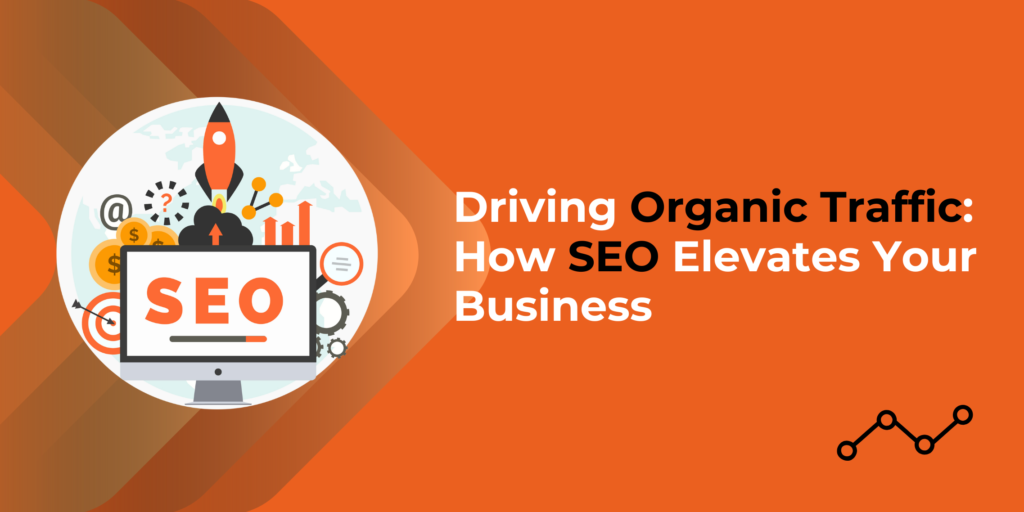In the vast landscape of e-commerce, where competition is fierce and attention spans are short, the ability to attract and retain customers is paramount. With millions of products available online, standing out from the crowd can be a daunting task. This is where optimizing for search engines becomes pivotal. By optimizing product pages for search visibility with the help of SEO Services in Chennai, e-commerce businesses can enhance their online presence, attract organic traffic, and ultimately drive sales. In this blog, we delve into the fundamentals of SEO for e-commerce and explore strategies for optimizing product pages to improve search visibility.
Understanding the Importance of SEO for E-commerce
In today’s digital age, consumers increasingly rely on search engines like Google to discover products and make purchasing decisions. Research shows that a significant percentage of online shopping journeys begin with a search engine query. Therefore, appearing prominently in search engine results pages (SERPs) is essential for e-commerce success. SEO empowers businesses to improve their visibility in search results, making it easier for potential customers to find and engage with their products.
Key Elements of Product Page Optimization
1. Keyword Research
Keyword research lays the groundwork for every effective SEO strategy. By identifying relevant keywords and phrases that potential customers are likely to use when searching for products, e-commerce businesses can optimize their product pages to align with search intent. Tools like Google Keyword Planner, SEMrush, and Ahrefs can help businesses identify high-value keywords with reasonable search volumes and competition levels.
2. On-Page Optimization
On-page optimization involves optimizing various elements of a product page to make it more search engine friendly. This includes optimizing meta titles and descriptions, incorporating target keywords naturally within product descriptions, using descriptive and keyword-rich alt tags for images, and ensuring fast page loading speed. Additionally, structuring product page URLs in a clear and concise manner can further enhance search visibility.
3. High-Quality Content
In the realm of SEO, quality content reigns supreme, and this principle remains applicable to e-commerce product pages. High-quality, informative, and engaging product descriptions not only help to improve search visibility but also aid in converting visitors into customers. Incorporating relevant keywords naturally within product descriptions while providing valuable information about features, benefits, and use cases can improve the overall user experience and boost rankings.
4. User Experience (UX) Optimization
Search engines prioritize websites and pages that offer a positive user experience. Therefore, optimizing the UX of e-commerce product pages is crucial for SEO success. This includes ensuring mobile responsiveness, intuitive navigation, clear calls-to-action (CTAs), and fast page loading times. A seamless and user-friendly shopping experience not only improves search rankings but also encourages visitors to explore more products and complete purchases.
5. Technical SEO
Technical SEO involves optimizing the backend infrastructure of a website to improve its search engine visibility. For e-commerce websites, technical SEO considerations include optimizing site architecture, implementing schema markup for product data, creating XML sitemaps, and ensuring proper canonicalization to avoid duplicate content issues. Regularly monitoring and addressing technical issues such as broken links, crawl errors, and site speed issues are also essential for maintaining search visibility.
Leveraging Additional SEO Strategies
In addition to optimizing individual product pages, e-commerce businesses can leverage additional SEO strategies to enhance their overall online presence and visibility. These strategies include:
- Building high-quality backlinks from reputable websites to improve domain authority and trustworthiness.
- Creating an engaging blog or content hub to attract organic traffic and establish thought leadership in the industry.
- Optimizing product images for search by using descriptive filenames, optimizing alt text, and compressing image files for faster loading times.
- Implementing local SEO strategies for brick-and-mortar stores, such as optimizing Google My Business listings and encouraging customer reviews and ratings.
Conclusion
In the competitive realm of e-commerce, optimizing product pages for search visibility is vital for attracting organic traffic and driving conversions. By integrating keyword research, on-page optimization, high-quality content creation, UX optimization, and technical SEO best practices, businesses can bolster their online presence and surpass competitors in search engine rankings. For expert guidance, SME Digital offers tailored Digital Marketing Services in Chennai, leveraging expertise to help e-commerce businesses thrive in the digital landscape. With SME Digital as a trusted partner, businesses can navigate the complexities of SEO and achieve sustainable growth in the dynamic world of e-commerce.
Latest Blog – Smart Marketing Tips to Skyrocket Your E-Commerce Sales



